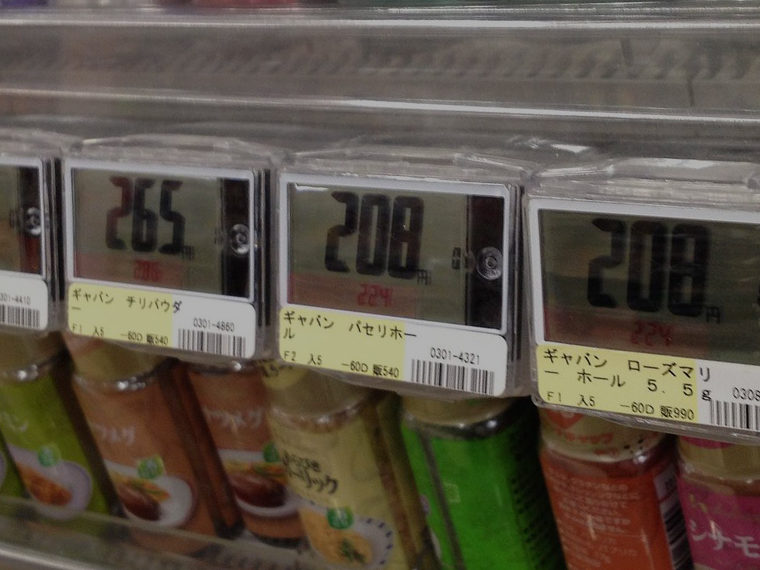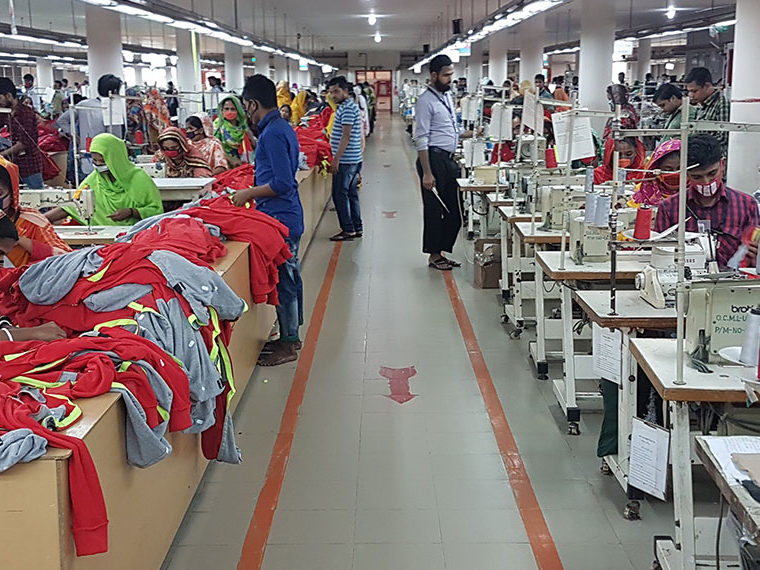Field researchers constructed a model to subsidize essential goods for low-income communities in crisis, and profit in recovery
If you’re in the business of providing financial aid to help poor communities obtain basic living needs, a core consideration is how to score the biggest social bang for your buck.
A real-world case study played out in Haiti, in the aftermath of its devastating 2010 earthquake. With the power grid decimated, distribution of subsidized solar-powered lanterns was pursued as a way to aid recovery and development. In field research conducted between 2014 and 2016, James Knuckles and ManMohan Sodhi of City University, London, UCLA Anderson’s Christopher Tang and Jiayi Yu of Tsinghua University, Beijing, found no consensus among the aid organizations (e.g., World Bank and USAID), impact funds (e.g., Kiva), manufacturers (e.g., d.light) and retailers involved in the Haiti solar lantern initiative as to the best way to target the subsidy.
That led the researchers to construct a model to ferret out the best use of donor dollars along the “development supply chain.” Unlike a traditional commercial supply chain that is solely focused on profit, a development supply chain is a bridge between humanitarian aid that flows in the immediate aftermath of a crisis, and a post-recovery market economy in which basic needs are met without aid.
Opt In to the Review Monthly Email Update.
While effective deployment of funds during this interim period is the main focus of aid, an ancillary consideration is the extent to which the program might help (or hinder) an eventual segue to a purely commercial supply chain model once the economy recovers.
Subsidizing manufacturers is suboptimal. There’s no guarantee a subsidy would be poured into more R&D in the hopes of leading to a permanent reduction in production costs that could be passed along.
Instead of subsidizing manufacturers, the researchers determined that donors such as the World Bank and USAID should focus more on how to direct development and recovery subsidies into the distribution channel.
It turns out that some basic tenets of capitalism work best for selling subsidized essential goods in low income communities. Rather than simply flood the retail market with a single subsidized product, the authors determined that “choice is good.” Giving the consumer the ability to make a conscious choice of subsidized Lantern A over subsidized Lantern B increases demand – as does giving the consumer the ability to choose among different retailers offering more than one product.
The fact that no single distributor — or product — dominates in this structure is an important feature. “The donor can rest assured that acting optimally would still leave positive profits for retailer micro-entrepreneurs,” wrote the authors. “And, in the long term, doing so sets the stage for subsidy-free development with commercial supply chains.”
Featured Faculty
-
Christopher Tang
UCLA Distinguished Professor; Edward W. Carter Chair in Business Administration; Senior Associate Dean, Global Initiatives; Faculty Director, Center for Global Management
About the Research
Knuckles, J., Sodhi, M., Tang, C., & Yu J. (2017, June). Optimal grants and subsidies for development supply chains: Case of solar lanterns in Haiti. Paper presented at Manufacturing & Service Operations Management Conference, Kenan-Flagler Business School, University of North Carolina, Chapel Hill.






